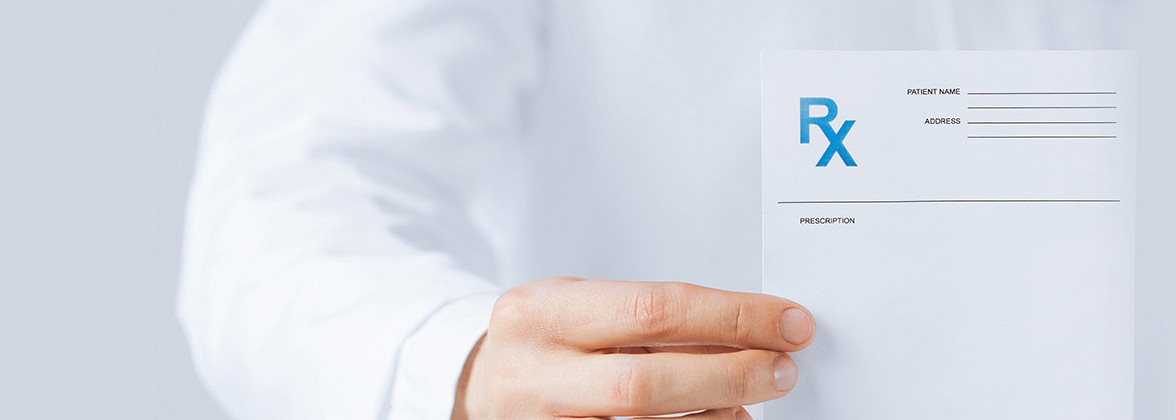New e-Button Tool Assists In Monitoring Portion Size
Weight loss seems to be on the minds of everybody these days, whether you’re young, old, male, female, or from any continent worldwide. The global numbers of overweight adults, teens and children seems to climb daily and with this epidemic comes the fear of premature deaths and a number of related health problems including heart trauma and joint pain. One way that people seem to be fighting back is with the introduction of smaller portion sizes. This is promoted in many diets and in healthy nutritionally balanced lifestyles from professional dietitians and trainers in all different focuses of life. There are definitely ways to ease yourself into this kind of change, like simply replacing your dinner plate sized meal with a salad or dessert plate instead, or learning the correct weights and measurements before serving yourself. If you find that you don’t have the time or patience for this kind of training then you may be in luck, because new technology from the University of Pittsburgh have created a new tool to help you do the trick.
What Is It?
This new form of technology is called the eButton and is basically a small computer unit with a camera that is actually worn out and about with you when you’re dining away from home. It can be used at your own dinner table as well to promote healthy eating habits. Medical News Today explains: “The eButton - which fastens to a shirt like an ordinary badge - consists of a low-power central processing unit (CPU), a random-access memory (RAM) communication interface and a Linux or Android operating system.”
This tiny CPU is about the size of a broach that you might pin to your sweater or jacket and is put together with some of the smallest hardware you’re likely to see. Although you won’t be looking at the inside of the device if you were ever to wear one, should you pop it open, you’d be faced with a small round circuit board and an equally small camera.
How It Works
In the past you might use heavy awkward scales to measure food, and this wouldn’t be something you’d have access to at a restaurant, but with the eButton you can easily transport this light weight item and the camera portion mentioned above helps to distinguish portion size and caloric intake by snapping photos of what’s on your plate and matching it to an extensive database of preprogrammed edible objects: “Using its newly built comprehensive food-shape library, the eButton can now extract food from 2D and 3D images and, using a camera coordinate system, evaluate that food based on shape, color, and size.”
Many different pictures are taken and the background is completely taken out so that only the shapes that are visible on the plate will be calculated. Each shape is mathematically entered and calculated using both 3D and 2D technology to determine exactly what you’re eating. It can then follow along with what is leftover when you’ve completed your meal and subtract that matter from the food that’s already been calculated to get an exact figure. This is a food bloggers dream come true, and can certainly set a high standard for future dietary aids and applications.
What It Can Do To Help
Even if you’re among the few people who try to accurately measure your food intake and use appropriate equipment to do so you could be making false calculations. There’s also the problem of those who make educated guesses rather than truly taking the time out to weigh something. Although, it’s a valiant effort being made to eat better portion sizes at meal time, human error can account for an overload of unintended extra calories, which can add to your waist line. Business Insider advises: “The error of self-reporting food intake is about 20 percent, a study in the Journal of the American Dietetic Association found. Humans are bad at guessing volumes, and honesty can be a problem.
In the future this might be a great device for patients of diabetes or hypoglycemia to assist in guaranteeing the correct amount of sugar being ingested in each meal throughout the day. Of course, that kind of exact technology may be a little way off at the moment, but it’s well on the way there.

WARNING: Limitations of Online Doctor/Medical Consultations and Online Prescriptions, QuickRxRefills Cannot and Will NOT Prescribe, Dispense, or Resell any and all medications Narcotics/Controlled Substances (this policy is fully enforced by the Drug Enforcement Administration (DEA)) for Anti-depressants, Pain, Anxiety, Weightloss, Sleep, ADHD/ADD, Anabolic Steroids, Testosterone Replacement Therapy and any and all Medications that contain GabaPentin or Pseudroephedrine including non-controlled substances or any medications that are considered controversial, Off Labeled (Growth Hormone aka HGH) or recalled in nature such (i.e. Retin-A, Accutane). Furthermore, QuickRxRefills is not a substitute for an office based physician in your location nor is it a substitute for Emergency Medical Care or 911. If you do experience a "true" medical emergency your are encouraged to pick up the phone and dial 911 as soon as possible.






